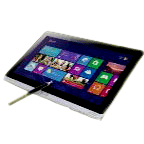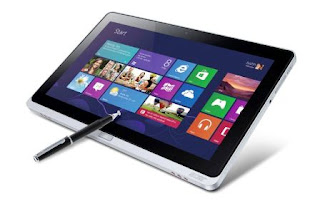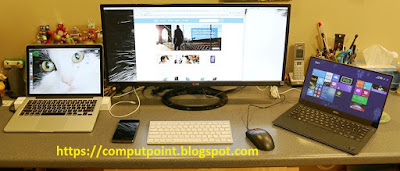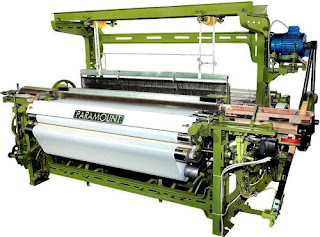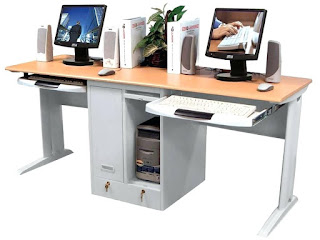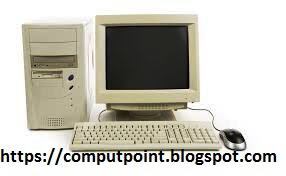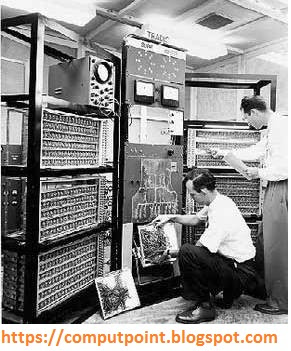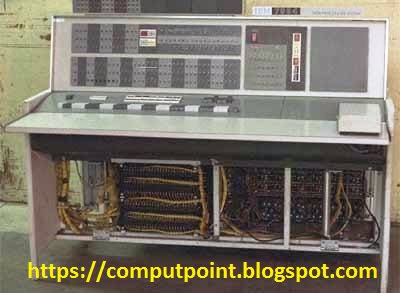The following are the six varieties of computers. They are :
- Desktop Computer
- Workstations
- Notebook Computer
- Tablet Computer
- Handled Computer
- Smart Phones.
Desktop Computer
A desktop computer is nothing but PC (Personal Computer) that is designed to sit on a desk or table. These are the systems that are being commonly used now in Schools, Homes, and Offices. This is not a machines do enable people to do their jobs with greater easy and efficiency, but they can be used to communicate, produce music, edit photographs and videos, play sophisticated games, and much more.
 A desktop computer is full of size computer that is too big to be carried around the outside.
A desktop computer is full of size computer that is too big to be carried around the outside.

Workstations
A workstation is an specialized, single user computer that typically has more power and features than a standard desktop PC. It is used for engineering applications (CAD/CAM),desktop publishing, scientists, engineers, animators, software development, and other such types of applications which require a moderate amount of computing power and relatively high quality graphics capabilities.
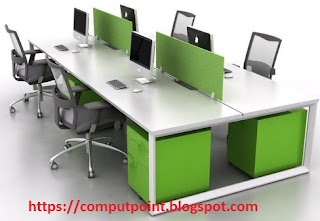 Workstations generally come with an large, high-resolution graphics screen, large amount of RAM, in-built network support, and a graphical user interface. Most workstations also have a mass storage device like disk drive, but a special type of workstation, called a disk less workstation, comes without a disk drive.
Workstations generally come with an large, high-resolution graphics screen, large amount of RAM, in-built network support, and a graphical user interface. Most workstations also have a mass storage device like disk drive, but a special type of workstation, called a disk less workstation, comes without a disk drive.

Notebook Computer
Note book computer is a type of computer approximately shape of these computer was 8.5 by 11 inch. The people set these devices on their lap, they are also called as laptop computers. These computers generally less than eight pounds. During use, the computers lid is raised to reveal a thin monitor and a key board.
Notebook are fully functional micro computers. The people who use them need the power of a full-size desktop computer whenever they go. Some notebook systems are designed to be plugged into a docking stations, which may include a large number monitor, a full size key board and mouse,or other devices.
Tablet Compute
Handled Computer
Notebook are fully functional micro computers. The people who use them need the power of a full-size desktop computer whenever they go. Some notebook systems are designed to be plugged into a docking stations, which may include a large number monitor, a full size key board and mouse,or other devices.
Tablet Compute
A tablet computer is a commonly short to tablet, a mobile device, typically with a mobile operating system and LCD touchscreen display processing circuitry, and a rechargeable battery in a single thin, flat package.
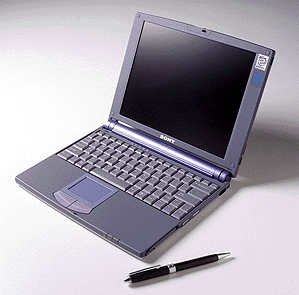

Tablet PC's offer all the functionality of a notebook PC, but they are lighter and can accept input from a special pen called a stylus or a digital pen that is used to tap or write directly on the screen. Many tablets PC's also have a built-in micro phones and special software that accepts input from the user's voice.
A popular type of handled computer is the Personal Digital Assistant (PDA). A PDA is is no larger than a small appointment book and is normally used for special applications such as taking notes, displaying telephone numbers and addresses, and keeping track of data's and agendas.
Smart Phones
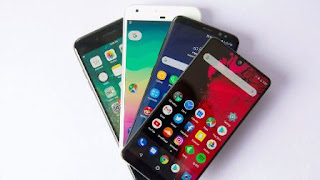 These are large size cellular phones. Because these phones are offered advanced features not typically found in cellular phones, they are sometimes called smart phones. These features can include web and e-mail access.
These are large size cellular phones. Because these phones are offered advanced features not typically found in cellular phones, they are sometimes called smart phones. These features can include web and e-mail access.
A Smart phones is a class of mobiles phones and mobile computer devices. It is distinguished from special feature phones by their stronger hardware capabilities and extensive mobile operating systems, which facility wider software, internet like web browsing over mobile broadband, and multimedia functionality like music, video, cameras and gaming etc..

It improves the hardware and faster wireless standards (such as LTE) have bolstered the growth of the smartphone industry. In the third quarter of 2012, one billion smartphones were in used worldwide. Globally smartphone sales was surpassed the sales figures for feature phones in early 2013.
